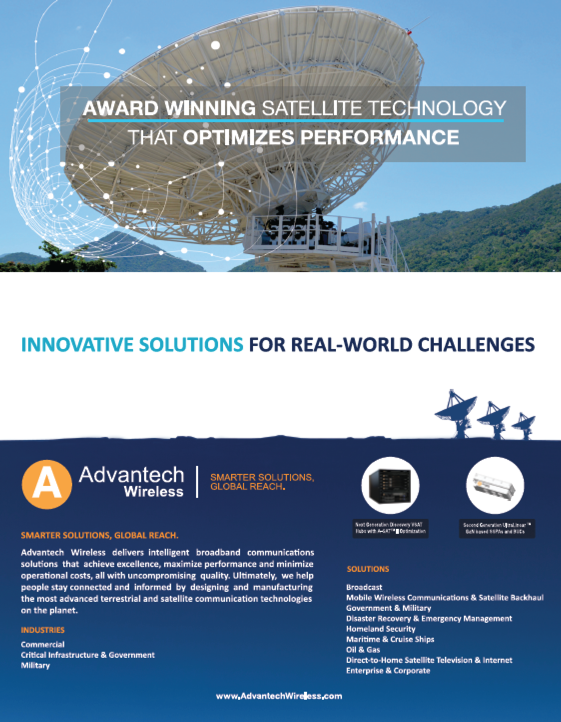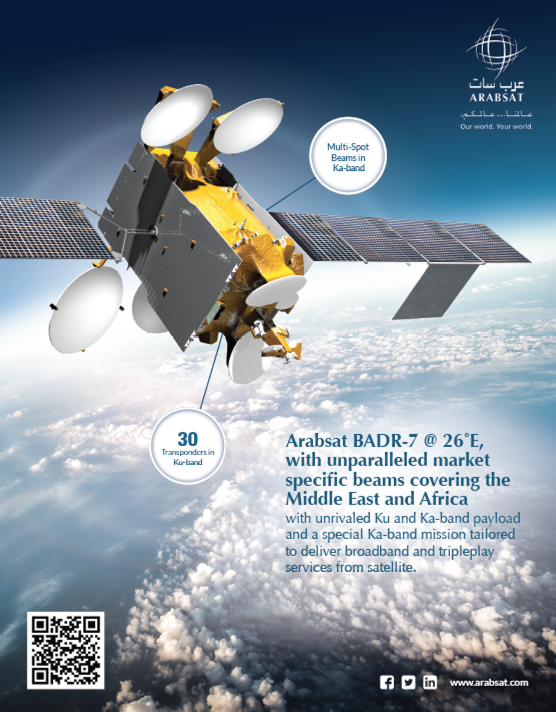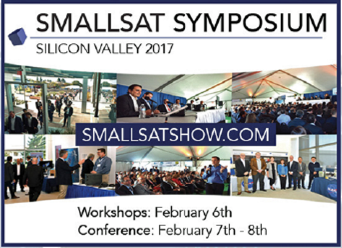Sound Reasoning Leads To An Impactful, But Forced, Retirement For Rosetta
The decision to end the Rosetta mission was derived on September 30th and ultimately came as a result of the spacecraft’s ever-increasing distance from the Sun.
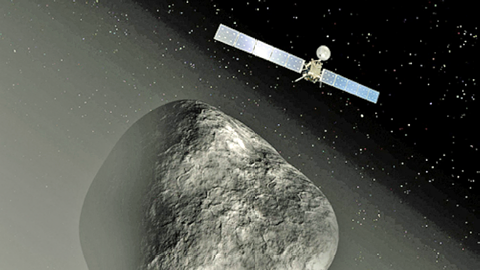
Artistic rendition of Rosetta is courtesy of European Space Agency.
Comet 67P/C-G, and therefore Rosetta, are heading out toward the orbit of Jupiter, resulting in significantly reduced solar power with which to operate the craft and its instruments.
In addition, by early October, the teams would be faced with a month-long solar conjunction—when the Sun lies between the Earth and Rosetta and the comet. This would result in significantly reduced communication capabilities (including downlinking science data) for around a month.
Combined with an aging spacecraft and payload that have endured the harsh environment of space for over 12 years—at least two years close to a dusty comet—this means that Rosetta is reaching the end of its natural life and so September 30th was the optimum date to conclude the mission.
Rosetta descended to the surface of Comet 67P/C-G in a controlled impact at more than 14 kilometers, or nine miles, per second—the craft’s 32 meter wide solar arrays took the brunt of the contact with the comet, thereby softening the blow to Rosetta itself.
The mission was declared as conclued at 7:20 a.m. ET. During the descent, unique scientific observations were made, including very high-resolution images and sensitive measurements of gas and dust, at distances closer than Rosetta has ever been before.
Unlike in June 2011, when Rosetta was placed into a 31-month hibernation for the most distant part of its journey, this time it is riding alongside the comet. Comet 67P/Churyumov-Gerasimenko’s maximum distance from the Sun (over 850 million km) is more than Rosetta has ever journeyed before.
The result is that there is not enough power at its most distant point to guarantee that Rosetta’s heaters would be able to keep it warm enough to survive. Instead of risking a much longer hibernation that is unlikely to be survivable, and after consultation with Rosetta’s science team in 2014, it was decided that Rosetta would follow its lander Philae down onto the comet.
Rosetta ended its mission with a controlled impact in the Ma’at region, on the small “head-shaped” lobe of the duck-shaped Comet 67P/Churyumov-Gerasimenko. The region was selected because this area is scientifically quite exciting: this region is home to a number of active pits, measuring more than 100 meters across and 50 meters deep, from which a number of dust jets that emerge from the comet have been traced as their origination.
The pit walls also exhibit lumpy structures called ‘goosebumps,’ with sizes of a few meters, which could be the signatures of early cometesimals that merged together to create the comet in the early phases of the Solar System formation.
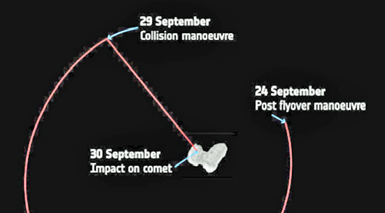
Therefore, scientists obtained close-up images, along with information on the dust, gas, and plasma environment very close to such pits, which will help them understand their connection to the comet’s observed activity, and as well, to learn more about how they relate to the formation and evolution of the comet. Thus, a trajectory was executed for Rosetta that saw it fly over a region of pits, with a touchdown point a smooth area between two of them.
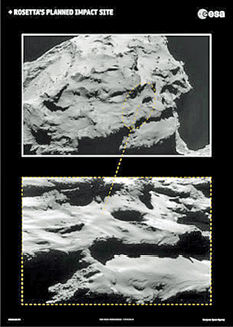
There were a number of uncertainties associated with Rosetta’s descent, including the precise timing and duration of the final maneuver burns, the distance from the comet at that time, the non-uniform gravity of the comet, and the effects on the spacecraft of outflowing material from the comet. A large set of trajectories were calculated, taking into account plausible variations in each of these parameters, each resulting in a different touchdown point.
In order for Rosetta to take the best possible images during the descent, the spacecraft and targeted touchdown point need to be in sunlight, in order to generate power and be illuminated, respectively. The interiors of the pits on Comet 67P/C-G are dark when not directly in sunlight.
Plus, in order to ensure that the final data are sent back to scientists, the spacecraft needs to be in line-of-sight visibility until touchdown. While the pits were targeted for imaging during the descent, the actual crunchdown occurred adjacent to one of them.
On September 24th, Rosetta departed its current close, flyover orbits and was transfered into the start of a 16 x 23 km orbit used to prepare and line up for the final descent.
During the evening of September 29th (20:50 UTC), a maneuver placedRosetta on a collision course with Comet 67P/C-G, initiating the descent from an altitude of 19 km above the surface.The spacecraft fell freely toward the comet, without further maneuvers, collecting scientific data during the descent.
The final sequence of observations included images and measurements of the gas, dust, and plasma properties.
The Flukey Incidents That Delayed The Launch Of ULA’s WorldView-4 Satellite
Updates from various sources now indicate that the next approximate launch date for WorldView-4 won’t be until some time later this month [October]—the exact date is unknown, as of this writing.
The first delay came during countdown on September 16th, when the launch was scrubbed due to a liquid hydrogen leak in the ground support equipment that resulted in an ice ball forming on an umbilical cable.The launch was then rescheduled for September 18th, to allow for the replacement of a fill-and-drain valve, which was determined to be the cause of the leak.
Then, what should happen but the Canyon Fire, a wildfire that burned over 12,000-acres on the southern section of Vandenberg. This resulted in a further launch delay so that the base could “concentrate [their] resources on the situation at hand.” At the peak of the fire, 1,052 fire fighters from more than 50 agencies and multiple aircraft were involved in a battle to save life, property, and national defense facilities.
As a result of scheduling availability on the Western Range, the flight was rescheduled for September 26th; however, continued efforts in fighting the Canyon Fire caused an indeterminate delay of the launch to October 2016.
The fire is now controlled and teams are accomplishing the mop-up actions.
WorldView-4, previously known as GeoEye-2, is a planned third generation commercial Earth observation satellite scheduled to launch in October 2016. The spacecraft will be operated by DigitalGlobe. With a maximum resolution of 31 centimeters (12 inches), WorldView-4 will provide similar imagery as the sister satellite, WorldView-3—this is the highest resolution commercially available at the time of this launch.
When WorldView-4 launches from Vandenberg Air Force Base Space Launch Complex 3E, the satellite will launch aboard an Atlas V rocket in the 401 configuration, serial number AV-062, provided and administered by United Launch Alliance.
The rocket has been erected at the Vandenberg launch pad since December 16, 2015, and the WorldView-4 payload was fixed atop the rocket during the second week of September 2016.
Thuraya Highlights SATCOM Investments Save & Improve Lives
Thuraya Telecommunications organized a lecture and workshop at Lockheed Martin’s Center for Innovation and Security Solutions at Masdar City in Abu Dhabi.
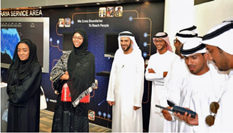
This event was held for participants of the recently launched Generation Space: The Space Fundamentals Training Program by the UAE Space Agency and Mubadala.
The lecture, delivered by Amal Ezzeddine, Thuraya’s Senior Director for Government and Corporate Affairs, demonstrated the long term value of investing in satellite communication and its impact on saving and improving lives.
Ezzeddine highlighted recent studies indicating that by 2022, the use of satellite communication will rapidly increase globally with a maximum growth expected from countries in the MENA region.
Participants were taken through a series of examples that shed light on Thuraya’s mission and purpose and how it harnesses expertise and technology to deliver essential tools and improve connectivity for underserved communities that fall within its coverage area.
Additionally, Ezzeddine cited recent examples of the crucial role satellite communication plays during crises and relief missions in the aftermath of natural disasters and emergency situations. She added that Thuraya has signed the United Nation’s Crises Connectivity Charter last year.
The lecture included a review of Thuraya’s strategy and how innovation is applied throughout its product development, business model and distribution channel plans.
Using their platform, Thuraya encourages employees, partners and developers to create solutions that serve various sectors by incorporating feedback from the market and looking at the needs and requirements of end users. One example is the current trend that is prompting some within the satellite industry to focus on addressing IoT, smart cities and M2M needs to serve humanity.
The session included a hands on workshop that encouraged participants to apply the concept of innovation creatively, and come up with satellite communication solutions relevant to different sectors, such as marine, defense and media. This resulted in an array of ideas and positive feedback proving that this group of Emirati engineers possess the required innovative skills and capabilities to achieve the program’s objectives.
Ezzeddine said, “At Thuraya, we understand the importance and value highly specialized local talent for the satellite industry. It is challenging to find, employ and sustain individuals who can deliver the right amount of innovation. This program to develop and nurture home grown talent is timely. We would like to thank the UAE Space Agency, Mubadala and Lockheed Martin for inviting us to play our part in launching the next generation of Emiratis, who will lead the nation’s space program in the coming years.”
Nabil Azar, Regional Director of Lockheed Martin’s Space Systems Company, said, “The new generation of young Emiratis is one of the main pillars for the development and progress of the UAE’s space program. It is important for them to understand and benefit from existing local expertise in the space and satellite sector. Therefore, we were happy to work with Thuraya, the UAE’s space sector pioneers in organizing this lecture. This collaboration allowed participants to rub shoulders with and benefit from professionals already working in the industry and inspired them to think creatively and innovatively.”
Earlier last month, and as part of the Generation Space program, Thuraya hosted participants at its primary gateway in Sharjah. There, they enjoyed a guided tour by Sultan Al Mehrezi, director of system engineering and gateway development and Abdul Rahman Al Ameeri, director of satellite communications and control.
The guests were shown the operations control center, and the antennas serving Thuraya’s satellites. They were also given a detailed presentation and lecture about the satellite communication industry and the sectors it serves.
The presentation also included a brief about Thuraya’s network and portfolio of products and services since the company’s inception.
www.thuraya.com
www.lockheedmartin.com
Open Source Smallsat Makes Headway For A December Launch

The UPSat team of engineers has just delivered, for launch integration, the first completely open source software and hardware satellite.
This is a major step toward UPSat’s launch—the successful delivery was to Innovative Solutions In Space (ISISpace) and occurred on August 18th in Delft, Netherlands.
UPSat is the first complete delivery to ISISpace as part of the QB50 project.
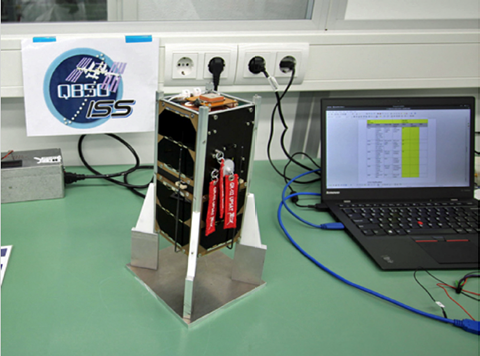
Engineers from the University of Patras (Department of Mechanical Engineering and Aeronautics & Department of Electrical Engineering and Computer Engineering) and Libre Space Foundation, the makers of UPSat, in cooperation with Von Karman Institute and ISISpace engineers, have successfully concluded all checkout tests and delivery procedures, which now enable UPSat’s integration into the NanoRacks launch system.
UPSat will be delivered to Orbital ATK and then launched to the International Space Station via a Cygnus automated cargo spacecraft, with that launch scheduled for December 30th.
After successful docking to ISS, UPSat will be launched by the NanoRacks deployment pod aboard ISS.
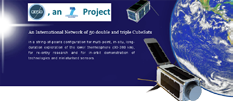
This delivery marks a major milestone toward the realization of University of Patras and Libre Space Foundation vision for the first Greek designed and manufactured satellite within an open source ecosystem in space for space.
UPSat (https://upsat.gr) is the first open source hardware and software satellite, designed and integrated by Libre Space Foundation and the University of Patras to participate in the international QB50 Research mission.
The QB50 mission (https://www.qb50.eu) is an international research mission of 50 satellites aiming to collect data on thermosphere, the highest part of Earth’s atmosphere. The project is coordinated by the Von Karman Institute of fluid dynamics.
-+University of Patras University of Patras (http://www.upatras.gr) is a public university in Patras, Greece. The Department of Mechanical Engineering and Aeronautics together with the Department of Electrical Engineering and Computer Engineering started the UPSat project since 2010.
Libre Space Foundation Libre Space Foundation—LSF (https://librespacefoundation.org) is a non-profit organization aiming to promote, advance and develop open source technologies for space. LSF designed, manufactured and delivered UPSat subsystems (hardware and software) as open source projects.
Sea Launch Acquired
The first push off of a near Earth orbit slotted satellite that was completed from the ocean floating launch platform known as Odyssey, operated by Sea Launch, occurred in 1999—with this equatorial venue in the Pacific Ocean, the Earth’s rotation was effectively harnessed to bring optimal launch conditions into play.
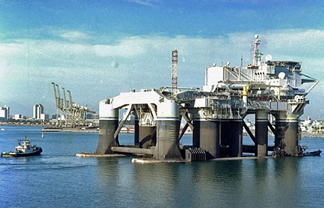
The Odyssey floating launch platform has a new owner... Russia’s S7 Group. Photo is courtesy of Victor Kataev, ITAR/TASS.
However, since mid-year in 2015, Sea Launch has been rather inactive, due to the political ramifications surrounding Russia’s aggressive positioning in the acquisition of Crimea, resulting in a business stalemate between the various national partners involved in Sea Launch endeavors.
The CEO of Russia’s S7 Group, Vladislav Filen, flew to the IAC in Guadalajara, Mexico, to sign papers that would find his company acquiring Sea Launch, with an estimated $150 to $160 million expected to be invested, with a closing occurring over the next six months via various contracts with five jurisdictions in a variety of currencies. A joint statement concerning this acquisition was released by Roscosmos, RSC Energia and the S7 Group. Vladislav indicated that the hope is Sea Launch will be responsible for from 15 to 20 launches with their Zenit rocket.
Filen stated that the acquisition of Sea Launch was the ticket S7 needs to enter into the space industry. S7 is a private aviation company that operates 21 Boeing and 45 Airbus aircraft that serves 27 countries with 145 routes throughout CIS, Europe, the Middle East, South-East Asia and the APAC regions of the world. The firm’s revenue in 2015 was more than $1.3 billion.
www.s7.ru/


